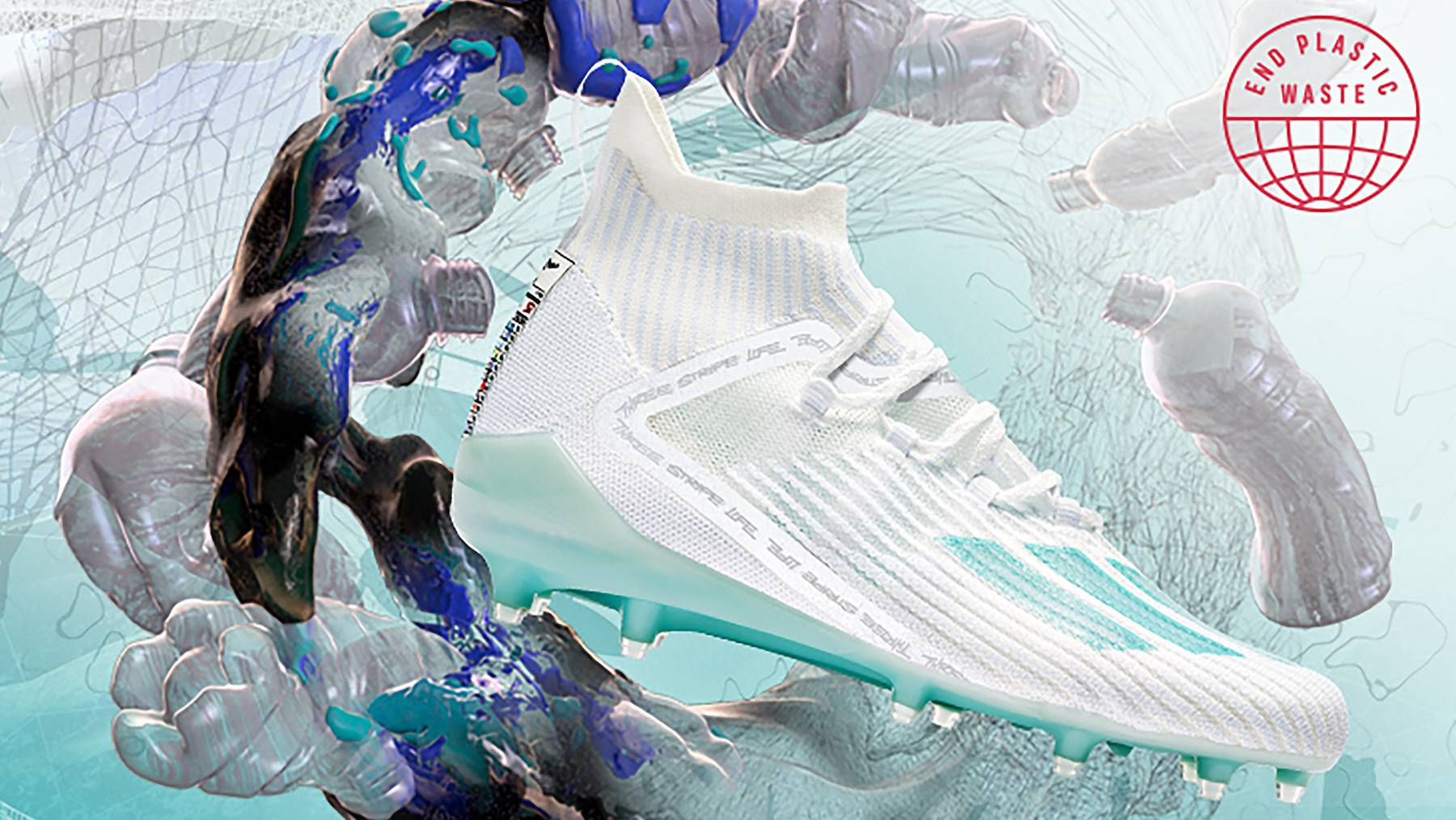
Last year, 91 percent of the polyester used in Adidas’ sportswear was recycled. By 2024, the outerwear brand is aiming to have eliminated virgin polyester altogether. Climate-focused outerwear brand Patagonia and fast fashion-giant Inditex have similar goals for 2025.
The commitments – and progress towards them – seem like major wins for the kind of sweeping overhaul needed to curb fashion’s negative impact on the environment. Polyester is fashion’s favourite material accounting for roughly 54 percent of the market, according to a new report by non-profit Textile Exchange.
Essentially a form of plastic, it’s also responsible for millions of tonnes of cheap throwaway products that end up in landfill every year. Moving to recycled alternatives is a good step that reduces fashion’s reliance on virgin fossil fuels, but it doesn’t deal with the waste issue.
The problem is that almost all of the recycled polyester available on the market today comes from plastic bottles, not old clothes. And once made into textiles that plastic is much harder to keep in circulation than if it had remained a bottle that could be recycled again and again.
“It’s better than creating a new synthetic fossil fuel-based material,” said Textile Exchange chief product officer Ashley Gill. But “ultimately, it’s kind of like ending the life of that plastic that’s in the bottle faster than if it stayed in this continuous bottle-to-bottle recycling.” Around 99 percent of the recycled polyester currently on the market comes from plastic bottles, according to Textile Exchange.
That makes the shift currently underway just the start of a much longer (and harder) slog to really tackle the industry’s impact. Textile-to-textile recycling technologies that are beginning to hit industrial scale should help move the needle further – and offer a neat solution to the ambiguous tension between big brands’ sustainability goals and their growth targets.
➔ Read the full article on Business of Fashion
